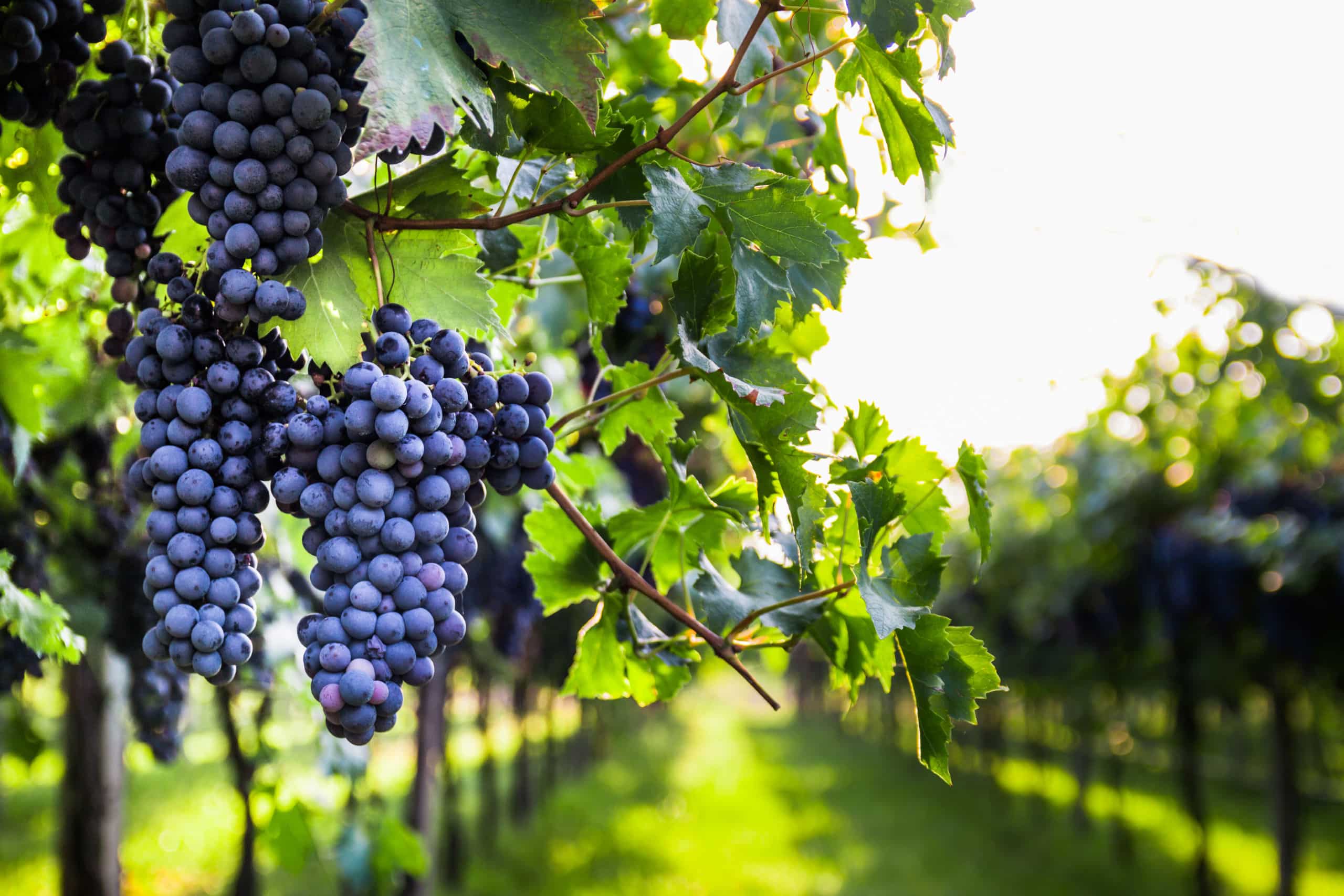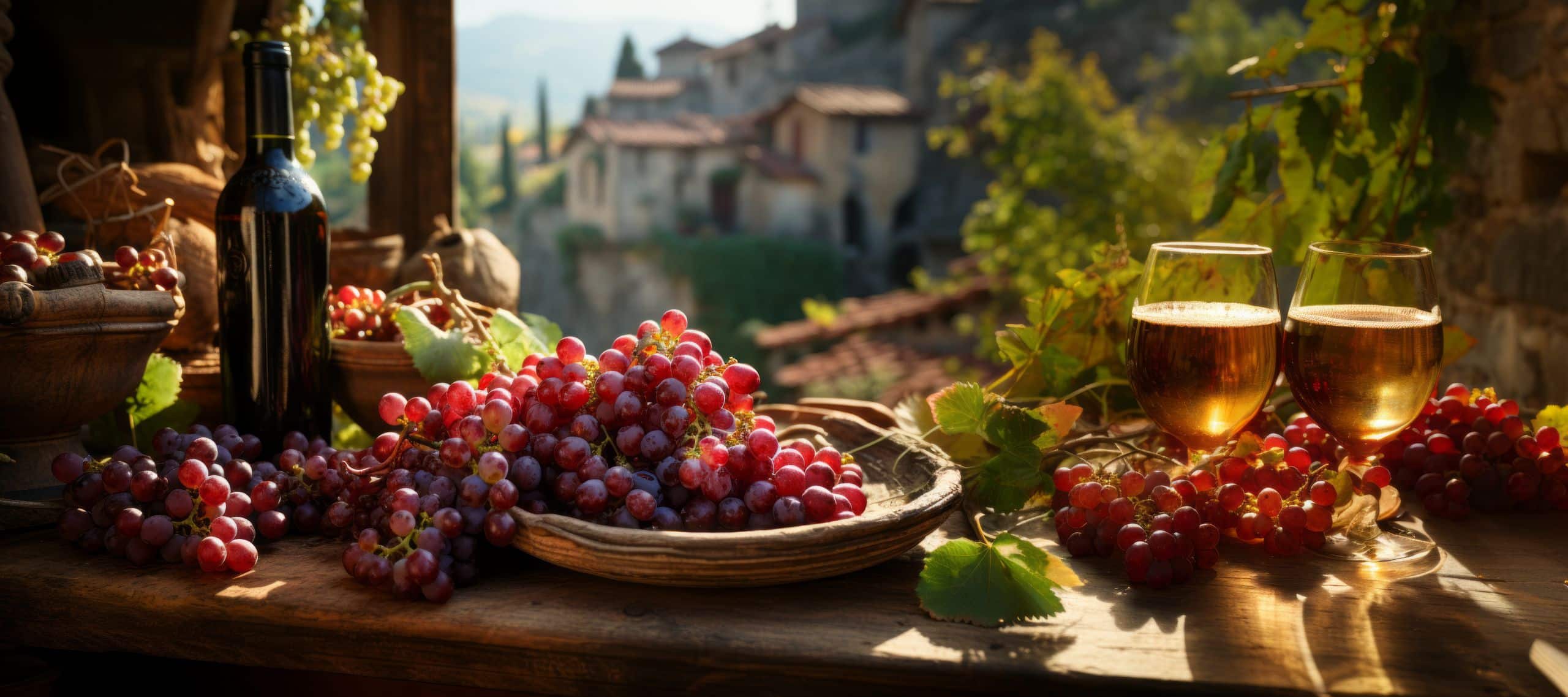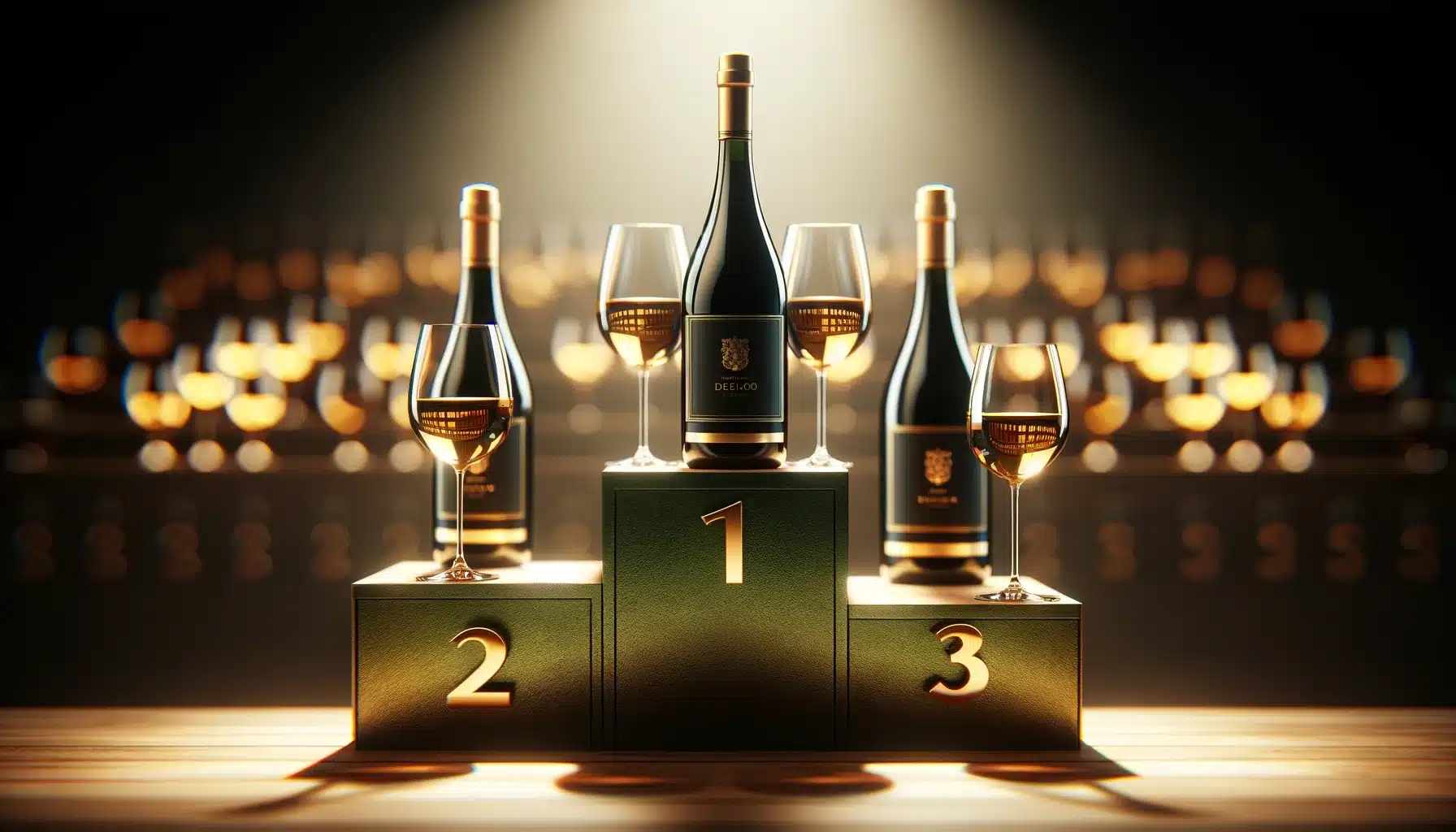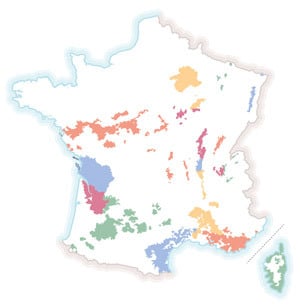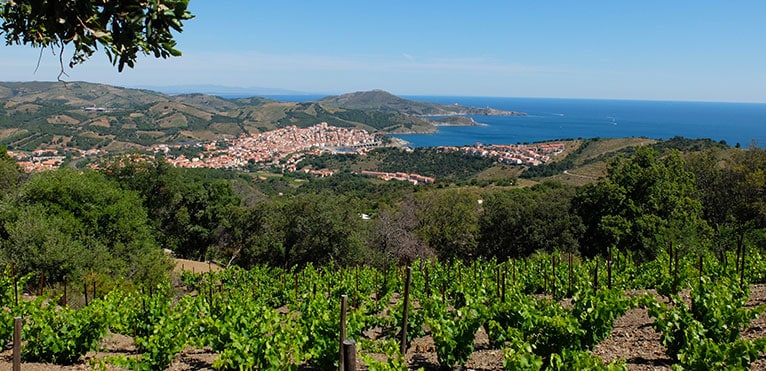
Contents
The sweet wines of Banyuls are exceptional wines, produced using a very specific winemaking method that gives them their unique character.
Banyuls, pearl of the Mediterranean
Located near the Spanish border in the Pyrénées-Orientales (Languedoc-Roussillon), the Banyuls appellation covers 4 communes at the eastern end of the Pyrenees mountain range. The vineyards planted around Collioure, Port-Vendres, Banyuls-sur-Mer and Cerbère produce the sweet wines of Banyuls, officially recognized as Appellation d’Origine Contrôlée since 1936.
The appellation’s vineyards are planted on grey schist soils, i.e. rocks with a distinctive layered appearance. This soil plays a major role in the varied profiles of Banyuls sweet wines. The appellation covers 862 hectares, mainly planted with old vines on steep, terraced slopes. These terraces are easily recognizable when you walk along the coast, as they are held back by small walls and mostly face the sea. The appellation’s geographical location is a real advantage: the Mediterranean climate (hot, dry summers, mild, wet summers) provides exceptional conditions for the development and ripening of the grapes.
What is sweet Banyuls wine?
First, let’s define a vin doux naturel. Vin doux naturel is a “muté” wine obtained by mutage during alcoholic fermentation. More simply, ethyl alcohol (mostly in the form of wine brandy) is added during fermentation, with the aim of stopping fermentation to conserve residual sugar, while increasing the volume of alcohol to a greater or lesser extent. In addition to Banyuls, the best-known vins doux naturels are Muscats de Rivesaltes, Muscats de Frontignan and Rivesaltes. Note, however, that vins doux naturels are not liqueur wines (like Champagne ratafia), which are mutated before fermentation begins.
Authorized grape varieties include Grenache (the king of grapes), Muscat à petits grains, Muscat d’Alexandrie, Macabeu and Tourbat. After the mutage stage, ageing is also crucial in the production of Banyuls sweet wines: Banyuls can be vinified in vats, barrels or tuns, but ageing must also be completed by putting the wine into glass bottles in the open air.
Once the fermentation and ageing stages have been completed, it is possible to obtain different types of Banyuls, with different profiles:
– Banyuls “Rimage”: a complex, elegant wine, full-bodied and delicate, with notes of small black fruits.
– Banyuls ambré (or tuilé): a wine with notes of candied fruit, fig and prune.
– White Banyuls: a wine with floral, citrus and white fruit notes
– Banyuls rosé: a wine that is often young and fresh, with notes of redcurrant, blueberry and grenadine.
– Banyuls Grand Cru (minimum 75% Grenache Noir in the blend, aged in wood for at least 30 months): a wine for laying down, with notes of cooked fruit, spices, mocha and tobacco.
Banyuls sweet wines go particularly well with blue-veined cheeses, chocolate or pan-fried foie gras.
Photo : Adobe Stock / Ourson+
